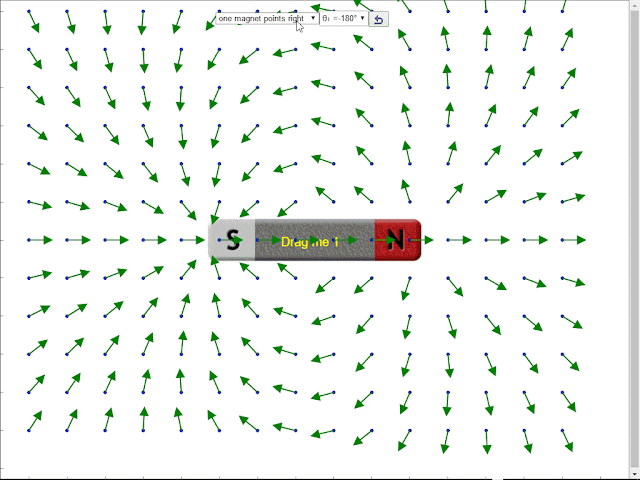Breadcrumbs
05 Electricity and Magnetism
Electricity & Magnetism. In this section, learners explore the diversity of phenomena related to the fundamental physical property of (electric) charge, which experiences forces when interacting with electric and magnetic fields. There is a close analogy between mass in a gravitational fields and charge in an electric field. Electromagnetic forces can cause the kinds of motion studied in the earlier mechanics topics, and the microscopic behaviour of individual charges is connected to macroscopic property of current in circuit systems. The principle of conservation of energy guides the analysis of circuits containing resistors and e.m.f. sources. In H2 Physics, the consideration of charge storage in capacitors deepens learners’ appreciation of applications in electronics. The mathematics of oscillations and waves prove useful here for describing alternating currents in the electrical grid. In H3 Physics, the laws of electromagnetism are recast in integral form, which emphasises their geometrical nature, and allows characterisation of more complex field patterns. Learners explore the rotational motion of electric and magnetic dipoles, as well as the modification of electromagnetic fields in dielectric and ferromagnetic media, which is crucial for technological applications. In electrical circuits, the analogy with mechanical oscillations is established when inductive components are added to resistive and capacitive components.
Big ideas1. Electrical charge is a property of matter. Electrons can be transferred from one place to another, but cannot be created or destroyed. 2. Electricity is one of the most common means by which we transfer energy; the electrical current (moving charges) brings us energy from power plants when there is a complete (closed) circuit from the power plants to our homes or to industries. 3. In a closed circuit, potential difference, current, and resistance are related; a change in any part of the circuit affects all other parts (almost) instantaneously. By using various electrical components in different arrangements, we are able to set up practical circuits to serve specific purposes. 4. Naturally occurring magnets, as well as man-made magnets, interact with other magnets or magnetic materials. A freely suspended magnet comes to rest pointing in the N-S direction due to its interaction with the Earth’s magnetic field. 5. Electricity and magnetism are related effects that have many applications in everyday life: moving charges (electric current) create magnetic fields; varying magnetic fields create electric fields (electromagnetic induction). 6. complex systems may also be better characterised by statistical averages (e.g. drift velocity, temperature) as these quantities may be more meaningful than the properties and behaviours of individual components (e.g. electron movement in a wire resulting in the current).
- Details
- Written by Coco Lee
- Parent Category: 05 Electricity and Magnetism
- Category: 01 Electric Field
- Hits: 1364
Read more: Parallel-Plate Capacitor Simulation (Work in Progress)
- Details
- Written by Loo Kang Wee
- Parent Category: 05 Electricity and Magnetism
- Category: 01 Electric Field
- Hits: 1987
- Details
- Written by Loo Kang Wee
- Parent Category: 05 Electricity and Magnetism
- Category: 01 Electric Field
- Hits: 1615
- Details
- Written by Loo Kang Wee
- Parent Category: 05 Electricity and Magnetism
- Category: 01 Electric Field
- Hits: 1860
- Details
- Written by Loo Kang Wee
- Parent Category: 05 Electricity and Magnetism
- Category: 01 Electric Field
- Hits: 2653
- Details
- Written by Fremont
- Parent Category: 05 Electricity and Magnetism
- Category: 01 Electric Field
- Hits: 9494
Read more: Moving Charge Electromagnetic Wave Visualisation JavaScript Simulation Applet HTML5
- Details
- Written by Fremont
- Parent Category: 05 Electricity and Magnetism
- Category: 01 Electric Field
- Hits: 5075
Read more: Charge Distribution Simulator JavaScript Simulation Applet HTML5
- Details
- Written by Loo Kang Wee
- Parent Category: 05 Electricity and Magnetism
- Category: 01 Electric Field
- Hits: 10989
Read more: Electric Field JavaScript HTML5 Applet Simulation Model
- Details
- Written by Loo Kang Wee
- Parent Category: 05 Electricity and Magnetism
- Category: 01 Electric Field
- Hits: 11642
Read more: 2 Charge Particle Field Lines JavaScript HTML5 Applet Simulation Model
- Details
- Written by Siti
- Parent Category: 02 Static Electricity
- Category: 01 Electromagnetism
- Hits: 3637
- Details
- Written by Siti
- Parent Category: 02 Static Electricity
- Category: 01 Electromagnetism
- Hits: 6776
- Details
- Written by Coco Lee
- Parent Category: 02 Static Electricity
- Category: 01 Electromagnetism
- Hits: 4215
Read more: Changes of an Electromagnet's Polarity simulation Primary School HTML5 Applet Javascript
- Details
- Written by Fremont
- Parent Category: 05 Electricity and Magnetism
- Category: 03 AC
- Hits: 4745
Read more: Half Wave Rectifier Circuit JavaScript Simulation Applet HTML5
- Details
- Written by Fremont
- Parent Category: 05 Electricity and Magnetism
- Category: 03 AC
- Hits: 4801
Read more: Spring Mass System Analogue RLC Circuit JavaScript Simulation Applet HTML5
- Details
- Written by Fremont
- Parent Category: 05 Electricity and Magnetism
- Category: 03 AC
- Hits: 17097
Read more: Transformer Simulator JavaScript Simulation Applet HTML5
- Details
- Written by Fremont
- Parent Category: 05 Electricity and Magnetism
- Category: 03 AC
- Hits: 4006
Read more: Average Power of Alternating Current Simulator JavaScript Simulation Applet HTML5
- Details
- Written by Fremont
- Parent Category: 05 Electricity and Magnetism
- Category: 03 AC
- Hits: 4490
Read more: High Power Transmission Line Simulator JavaScript Simulation Applet HTML5
- Details
- Written by Loo Kang Wee
- Parent Category: 05 Electricity and Magnetism
- Category: 04 Current
- Hits: 5224
- Details
- Written by Loo Kang Wee
- Parent Category: 05 Electricity and Magnetism
- Category: 04 Current
- Hits: 20980
Read more: Metallic Conductor and Drift Velocity JavaScript HTML5 Applet Simulation Model
- Details
- Written by Fremont
- Parent Category: 05 Electricity and Magnetism
- Category: 05 Circuits
- Hits: 5252
Read more: Direct And Alternating Current Comparison Simulator JavaScript Simulation Applet HTML5
- Details
- Written by Fremont
- Parent Category: 05 Electricity and Magnetism
- Category: 05 Circuits
- Hits: 6959
Read more: Variable Resistor JavaScript Simulation Applet HTML5
- Details
- Written by Fremont
- Parent Category: 05 Electricity and Magnetism
- Category: 05 Circuits
- Hits: 6306
Read more: Potential Difference JavaScript Simulation Applet HTML5
- Details
- Written by Fremont
- Parent Category: 05 Electricity and Magnetism
- Category: 05 Circuits
- Hits: 3803
Read more: Understanding Series Circuits JavaScript Simulation Applet HTML5
- Details
- Written by Fremont
- Parent Category: 05 Electricity and Magnetism
- Category: 05 Circuits
- Hits: 3893
Read more: Where To Connect The Voltmeter JavaScript Simulation Applet HTML5
- Details
- Written by Fremont
- Parent Category: 05 Electricity and Magnetism
- Category: 05 Circuits
- Hits: 4150
Read more: Working With An Ammeter JavaScript Simulation Applet HTML5
- Details
- Written by Fremont
- Parent Category: 05 Electricity and Magnetism
- Category: 05 Circuits
- Hits: 4080
Read more: Voltage In A Circuit JavaScript Simulation Applet HTML5
- Details
- Written by Fremont
- Parent Category: 05 Electricity and Magnetism
- Category: 05 Circuits
- Hits: 4530
Read more: Types of Circuits JavaScript Simulation Applet HTML5
- Details
- Written by Fremont
- Parent Category: 05 Electricity and Magnetism
- Category: 05 Circuits
- Hits: 3919
Read more: Circuitry At Home JavaScript Simulation Applet HTML5
- Details
- Written by Fremont
- Parent Category: 05 Electricity and Magnetism
- Category: 05 Circuits
- Hits: 7603
Read more: Current In Series and Parallel Circuits JavaScript Simulation Applet HTML5
- Details
- Written by Fremont
- Parent Category: 05 Electricity and Magnetism
- Category: 05 Circuits
- Hits: 3487
Read more: Understanding Parallel Circuits JavaScript Simulation Applet HTML5
- Details
- Written by Fremont
- Parent Category: 05 Electricity and Magnetism
- Category: 05 Circuits
- Hits: 7753
Read more: DC Circuit JavaScript Simulation Applet HTML5 by Tan KS
- Details
- Written by Loo Kang Wee
- Parent Category: 05 Electricity and Magnetism
- Category: 05 Circuits
- Hits: 7562
Read more: Simple Electric Circuit JavaScript Simulation Applet HTML5
- Details
- Written by Loo Kang Wee
- Parent Category: 05 Electricity and Magnetism
- Category: 05 Circuits
- Hits: 4143
Read more: AC or DC Appliances JavaScript Simulation Applet HTML5
- Details
- Written by Loo Kang Wee
- Parent Category: 05 Electricity and Magnetism
- Category: 05 Circuits
- Hits: 4303
Read more: Powering The Alarm Clock JavaScript Simulation Applet HTML5 by Rakshit
- Details
- Written by Loo Kang Wee
- Parent Category: 05 Electricity and Magnetism
- Category: 06 Practical Electricity
- Hits: 12086
Read more: Foutan Board by Paul Falstad JavaScript HTML5 Applet Simulation Model
- Details
- Written by Fremont
- Parent Category: 05 Electricity and Magnetism
- Category: 06 Practical Electricity
- Hits: 3915
- Details
- Written by Fremont
- Parent Category: 05 Electricity and Magnetism
- Category: 06 Practical Electricity
- Hits: 3678
Read more: PICUP Solving Resistor Networks JavaScript Simulation Applet HTML5
- Details
- Written by Fremont
- Parent Category: 05 Electricity and Magnetism
- Category: 06 Practical Electricity
- Hits: 4162
Read more: Charge or Discharge JavaScript Simulation Applet HTML5
- Details
- Written by Siti
- Parent Category: 05 Electricity and Magnetism
- Category: 07 Magnetism
- Hits: 3480
- Details
- Written by Siti
- Parent Category: 05 Electricity and Magnetism
- Category: 07 Magnetism
- Hits: 6210
- Details
- Written by Siti
- Parent Category: 05 Electricity and Magnetism
- Category: 07 Magnetism
- Hits: 4212
- Details
- Written by Coco Lee
- Parent Category: 05 Electricity and Magnetism
- Category: 07 Magnetism
- Hits: 7737
Read more: 2 Bar Magnets on a level surface for Primary School Science
- Details
- Written by Loo Kang Wee
- Parent Category: 05 Electricity and Magnetism
- Category: 07 Magnetism
- Hits: 3645
Read more: Magnet on Car Inquiry Primary Science JavaScript HTML5 Applet Simulation Model
- Details
- Written by Fremont
- Parent Category: 05 Electricity and Magnetism
- Category: 07 Magnetism
- Hits: 10264
Read more: 3D Visualization of Magnetic Field From A Bar Magnet JavaScript Simulation Applet HTML5
- Details
- Written by Fremont
- Parent Category: 05 Electricity and Magnetism
- Category: 07 Magnetism
- Hits: 6477
Read more: Mini Magnetic Golf Game JavaScript Simulation Applet HTML5
- Details
- Written by Fremont
- Parent Category: 05 Electricity and Magnetism
- Category: 07 Magnetism
- Hits: 8843
Read more: Magnetic Dipole Field Vector and Field Lines Simulator JavaScript Simulation Applet HTML5
- Details
- Written by Fremont
- Parent Category: 05 Electricity and Magnetism
- Category: 07 Magnetism
- Hits: 15430
Read more: Bar Magnet Field Line Simulator JavaScript Simulation Applet HTML5
- Details
- Written by Loo Kang Wee
- Parent Category: 05 Electricity and Magnetism
- Category: 07 Magnetism
- Hits: 30015
Read more: 2 Magnetic Bars Field JavaScript HTML5 Applet Simulation Model
- Details
- Written by Loo Kang Wee
- Parent Category: 05 Electricity and Magnetism
- Category: 07 Magnetism
- Hits: 9097
Read more: Earth and Bar Magnet JavaScript HTML5 Applet Simulation Model
- Details
- Written by Coco Lee
- Parent Category: 05 Electricity and Magnetism
- Category: 08 Electromagnetism
- Hits: 33788
Read more: Strength of an Electromagnet on paper clips JavaScript HTML5 Applet Simulation Model
Subcategories
01 Electric Field Article Count: 9
02 Static Electricity Article Count: 3
01 Electromagnetism Article Count: 3
03 AC Article Count: 5
04 Current Article Count: 2
05 Circuits Article Count: 15
06 Practical Electricity Article Count: 4
07 Magnetism Article Count: 11
08 Electromagnetism Article Count: 28
09 Electromagnetic Induction Article Count: 10
10 Capacitors and Inductors Article Count: 1
Page 1 of 2



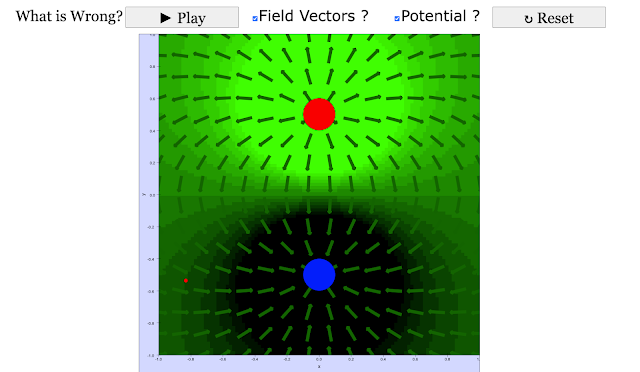



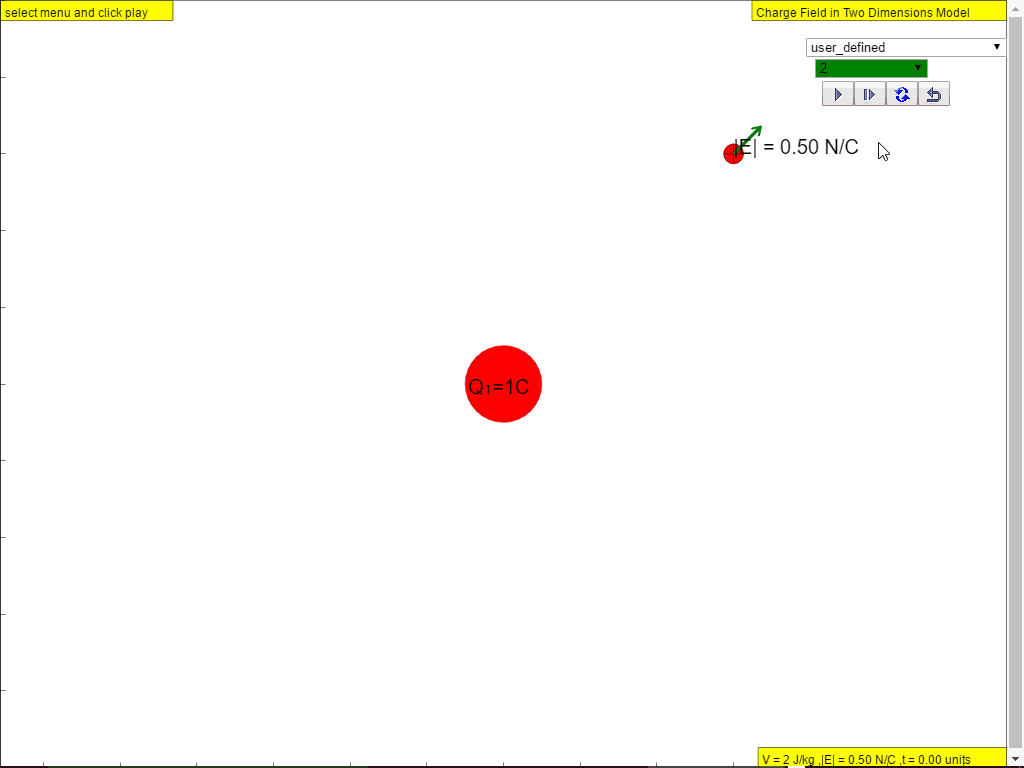
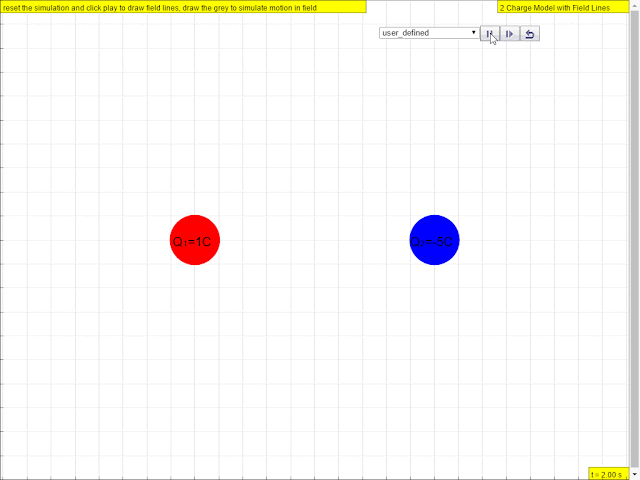


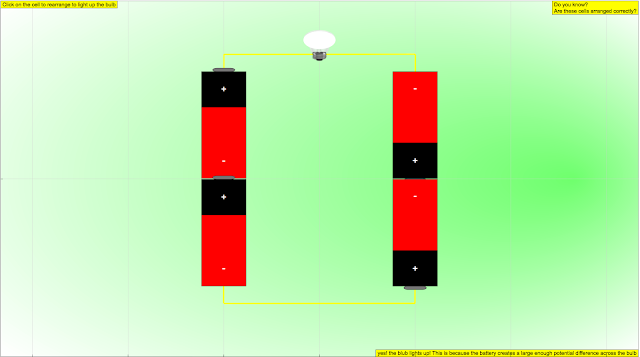
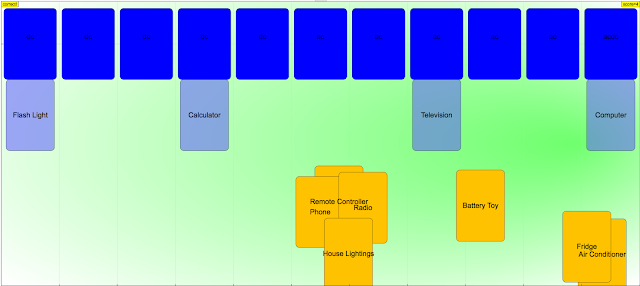
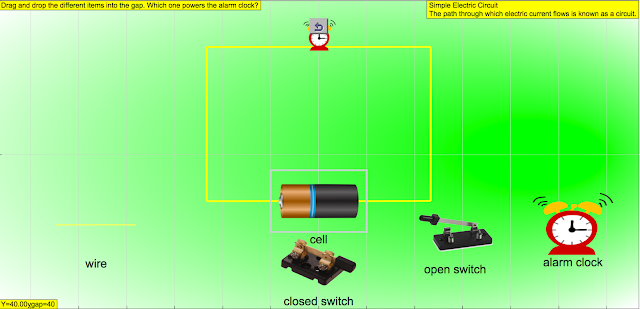

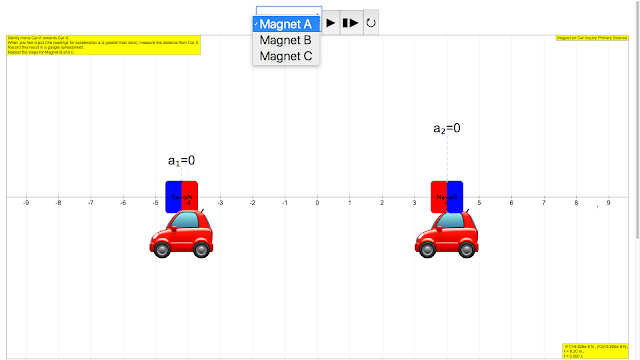
.png)

